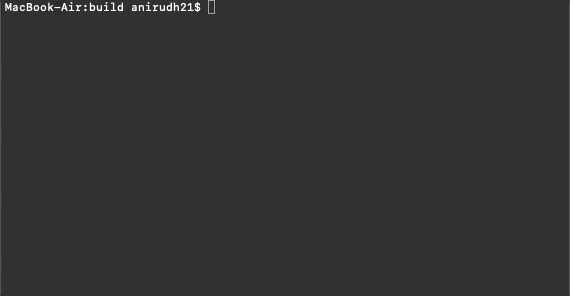TrafficCameras
Objective:
This project is aimed at enabling the traffic police to install minimum number of CC cameras in a given area with many intersections and streets.
Description
This is the classical optimization problem called Minimum Vertex Cover problem. In this project, the problem has been solved using three different approaches, using a SAT solver and two approximate algorithms implemented in C++ . A detailed analysis of the three different techniques has been reported.
Getting Started
-
You need to install CMake which will build the executable file. It can be installed from here
-
I have used the Minisat SAT solver that also provides a nice C++ interface. Instructions on how to use the minisat library can be found here . It is available in this repository
Building and running the executable
- Once you clone this repository into you directory of choice, run the following code in the terminal while you are in that directory
mkdir build && cd build && cmake ../&&make
This will generate a “make” file inside the “build” folder and the “make” command will build the executable.
- Then type the following onto the terminal to execute the file
./prj-ece650

- This example shows that there are 5 vertices shown as
V 5and the undirected graph isE {<2,1>,<2,0>,<2,3>,<1,4>,<4,3>}. This represents streets and intersections. The output from the CNF-SAT is the most optimal and can be used to decide the positioning of minimum number of cameras.